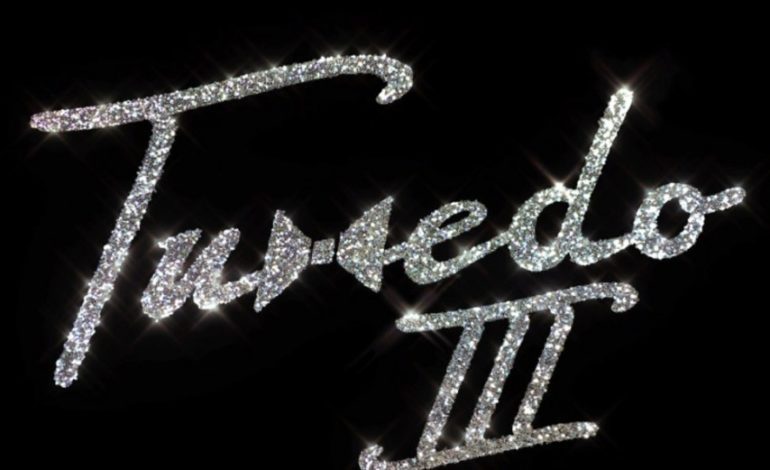

The funk is here to stay
One of the more overlooked and underappreciated aspects of popular music in the 2010s are the recurring elements of funk music that have been popping up throughout the years, occasionally making their way into chart-topping hits. 2013 was a flagstaff year for the funk revival; Daft Punk released their most successful album Random Access Memories, Arcade Fire dropped their well-received dance-infused album Refektor and Robin Thicke’s problematic Marvin Gaye rip-off, “Blurred Lines,” topped record charts all around the world. The following year, Mark Ronson hit it big with his most popular song to date, “Uptown Funk.” Hip-Hop was also revitalized by the funk in 2015 when Kendrick Lamar dropped what is arguably the defining album of the decade, To Pimp a Butterfly, which featured none other than funk legend George Clinton on the opening track. Even today, it certainly seems like the funk retains serious mainstream appeal; Tyler, the Creator’s most recent album, the universally-acclaimed IGOR, contains some heavy elements of ‘70s R&B music.
This proliferation of funk has introduced the genre to a new generation. While funk purists (and yes, there are many) might decry the more popular music as being some corporate perversion of the genre (and there is certainly an argument to be made there), there are plenty of underground artists who are doing their best to carry that crazy technicolor torch; and that’s where Tuxedo comes in. Comprised of blue-eyed soul singer Mayer Hawthorne and hip-hop producer Jake One, Tuxedo was formed over a shared love of the funk bands which directly influenced their music. Tuxedo III is their first full-length release after moving from the legendary bastion of boom-bap, Stones Throw Records, to the aptly named Funk on Sight. Both Hawthorne and One have a wealth of knowledge between them when it comes to funk and soul, so it’s hard to think of any other artists today who would be more qualified to create this type of music.
It’s apparent that a ton of attention was given to the aesthetic of this record, and it is undeniably their best sounding album to date; the production is sleek, but not soulless. The guitars contain the right amount of crispness without sounding harsh, the bass lines are chunky yet defined, the synths always fit comfortably in the mix, the horn arrangements are robust but not obtrusive and the drums are punchy, but they never intrude upon the other instruments. The instrumental palette on this album is perfectly tailored to the late-‘70s/early-‘80s vibe Tuxedo seeks to evoke, any track on this record would fit perfectly on a “Disco Hits” compilation.
The most striking thing about this album is its transporting qualities; the drum fill that kicks off the opening track, “The Tuxedo Way,” evokes visions of stepping foot onto a neon dance floor. Defined by a driving beat, lush instrumentation, and an infectious self-celebratory attitude, this song serves as the perfect prelude for the rest of the album. Tuxedo III rides this vibe up until the final claps of track 12, “Close (feat. Gavin Turek.) This album is also chock-full of features, some of which are completely unexpected. One, in particular, being track four, “Dreaming in the Daytime,” which features none other than underground rap legend MF DOOM. Unfortunately, his verse ends up being the weakest part of the track, but the song on its own, with its tapestry of synth leads and thick-as-a-brick bass line, is a blast to listen to.
This album is heavily indebted to the musicians that compelled Hawthorne and Jake One to form Tuxedo, to the degree that certain songs cross the threshold into impersonation. Specifically, there are some notable similarities between track ten, “Toast 2 Us,” and “Between the Sheets” by the Isley Brothers (which some listeners might better recognize as the instrumental that Notorious B.I.G.’s “Big Poppa” is based around). The similarities in tempo, chord progression and drum beat are too distracting and make it difficult to judge the song by its own merits. There are a handful of other moments on this album that feel closer to appropriation rather than reinterpretation. For example, track two, “OMW,” sounds like an amalgamation of Zapp & Roger songs, with its heavy synth bassline, dressed up percussion, sparkling synth chords and vocoder. That isn’t to say it’s a bad song, and the Zapp Band are a fantastic funk outfit, but nobody does Zapp & Roger better than Zapp & Roger.
Whereas other heavily funk-influenced albums like Uptown Special and Awaken, My Love incorporate subject matter and instruments that make them unique and relatable to contemporary audiences, Tuxedo III starts to feel like more of a novelty record after a point. That is to say; Tuxedo doesn’t offer the listener anything they can’t find on a more enjoyable and original album from the late ‘70s. However, that doesn’t necessarily mean this is a “bad” album by any means. It certainly accomplishes what Tuxedo set out to do, which is provide a faithful reproduction of the music that inspired this project. This album certainly isn’t going to offend anyone, and fans of the disco revival will be satisfied without a doubt, but Tuxedo III probably isn’t going to end up on any “best of” lists.
